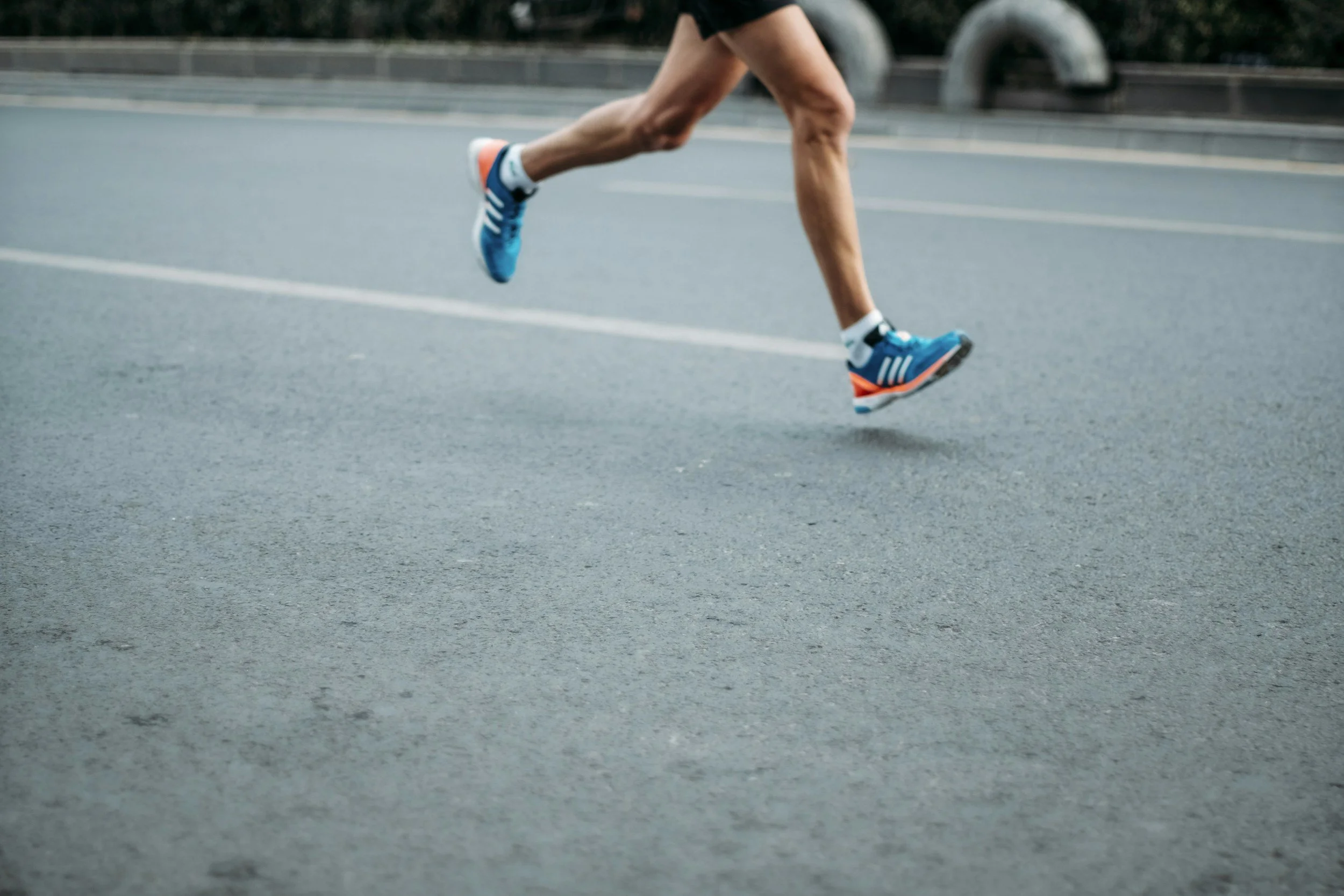
Welcome to Austin Manual Therapy
Your choice for physical therapy in Austin, TX. Located in the heart of Austin, Austin Manual Therapy combines state-of-the-art technology with gentle care to provide patients with the best physical therapy services possible.
Our approach
We strive to deliver the best personalized care to every individual, every visit, to eliminate the source of your pain, not just the symptoms, without addictive pain medications, injections, or unnecessary surgery.
Wondering if Austin Manual Therapy is right for you?
Speak with a PT
If you’re not quite ready to book an appointment yet, you might have some questions that you would like answered first. We would be happy to chat with you so we can be 100% sure that we can help you. Just tap the button below to give us a call!
Availability & Pricing
We understand that some people want to find out a little more about the availability and pricing of physical therapy before booking an appointment. If you want to know about our availability, then just click the button below and complete the simple form.
What To Expect
Wondering what your first appointment will be like? We completely understand, and we’re here to help put your mind at ease. We’ll walk you through everything so there are no surprises, just support every step of the way. Tap the button below to learn more about what you can expect and how we’ll make sure you feel right at home.
What We Treat
Meet the Team
-

Benjamin Keene, PT, DPT, OCS, FAAOMPT
Co-Founder & CEO
-

James T. Harris, PT, DPT, OCS, FAAOMPT
Co-Founder & COO
-

Dan Cole, PT, DPT, CSCS, FAAOMPT
Physical Therapist
-

Sarah Jones, PT, DPT, LMT
Physical Therapist
-

Jaevon Haywood, PT, DPT
Physical Therapist
-

Kayley Flinders, PT, DPT
Physical Therapist












